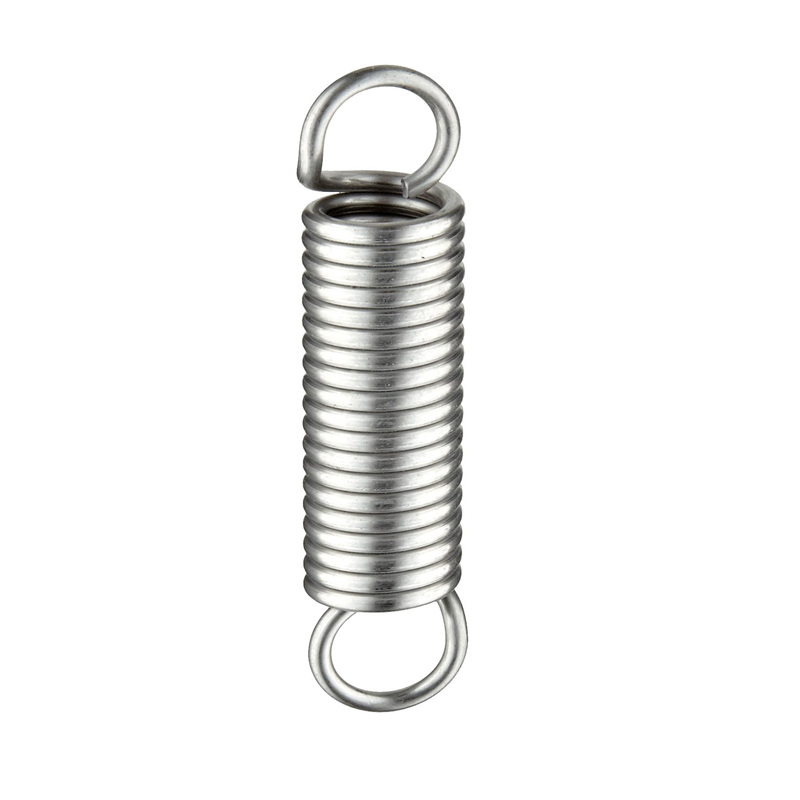
- Mobile Phone
- +8613931874955
- sales@cntcmetal.com
Heavy-Duty Extension Springs for Enhanced Performance and Durability in Various Applications
Understanding Heavy Duty Extension Springs Characteristics and Applications
Heavy duty extension springs are essential components in various mechanical systems, providing significant force and support in demanding environments. These springs are designed to absorb and store energy while being subjected to stretching forces. They are widely used in industries ranging from automotive to manufacturing due to their durability and reliability.
Characteristics of Heavy Duty Extension Springs
1. Material Composition Heavy duty extension springs are typically made from high-carbon steel, stainless steel, or other specialized materials that offer excellent tensile strength and resistance to fatigue. The choice of material plays a crucial role in the spring's performance, especially under high stress.
2. Design and Configuration These springs come in various designs, including open coil and closed coil configurations, tailored to specific applications. The design affects how the spring behaves under load, thus impacting its application.
3. Load Capacity One of the significant attributes of heavy duty extension springs is their capacity to handle substantial loads. They are engineered to withstand high tension, making them suitable for heavy machinery and equipment that require reliable force application.
4. Coiling Process The manufacturing process of heavy duty extension springs involves precision coiling techniques to ensure uniform tension and performance. Advanced machinery is used to create springs with exact specifications, maintaining consistency across batches.
5. Specifications and Standards Heavy duty extension springs must conform to industry standards, such as ASTM (American Society for Testing and Materials) specifications. Adherence to these standards ensures quality and reliability, which is crucial for safety and performance in critical applications.
Applications of Heavy Duty Extension Springs
1. Automotive Industry Heavy duty extension springs are commonly used in vehicles for various applications, including tensioning systems in seat mechanisms, trunk lids, and hoods. They help ensure that components remain securely in place while allowing for smooth operation.
heavy duty extension springs

2. Industrial Machinery In manufacturing and heavy machinery, these springs are integral to counterbalancing systems and safety mechanisms. They provide the necessary tension to operate equipment effectively, making them vital for production lines and automated systems.
3. Construction Equipment Heavy duty extension springs are found in cranes, hoists, and other construction machinery. They assist in lifting mechanisms, providing the force required to handle heavy loads safely and efficiently.
4. Aerospace Applications In the aerospace sector, these springs are used in landing gear systems and various control surfaces. Their reliability under extreme conditions makes them ideal for flight applications where safety is paramount.
5. Consumer Products Beyond industrial applications, heavy duty extension springs are also used in consumer products, such as exercise equipment and outdoor furniture. They provide ease of use and durability, enhancing the product's overall functionality.
Maintenance and Considerations
While heavy duty extension springs are robust, proper maintenance is essential to ensure their long-term performance. Regular inspections for signs of wear, fatigue, or corrosion are critical, especially in high-stress applications. Ensuring that the springs are appropriately lubricated can also prevent wear and extend their lifespan.
When selecting heavy duty extension springs, it is vital to consider the specific requirements of the application, including load capacity, environmental conditions, and space limitations. Working with experienced suppliers or manufacturers can ensure that the right spring type is chosen, leading to optimal performance and safety.
Conclusion
Heavy duty extension springs are vital components in many industries, known for their strength, flexibility, and reliability. Understanding their characteristics, applications, and maintenance needs is crucial for anyone involved in mechanical design or engineering. Whether in automotive, aerospace, or industrial machinery, these springs play an indispensable role in enhancing efficiency, safety, and functionality across various applications. As technology advances, the design and materials used for heavy duty extension springs will continue to evolve, ensuring they meet the increasing demands of modern mechanical systems.
share:
-
Your Source for Concrete Wall Ties and Masonry AccessoriesNewsJul.10,2025
-
Unlocking the Power of Iron Wire for Every ProjectNewsJul.10,2025
-
Explore Advanced Chain Wire and Stainless Steel Mesh FencingNewsJul.10,2025
-
Discover the Benefits of Annealed Wire ProductsNewsJul.10,2025
-
Discover China Stainless Steel Wire Mesh SolutionsNewsJul.10,2025
-
Build with Confidence Using High-Performance Masonry AccessoriesNewsJul.10,2025
-
Why Sacrificial Formwork Is Redefining Underground ConstructionNewsJun.06,2025



















